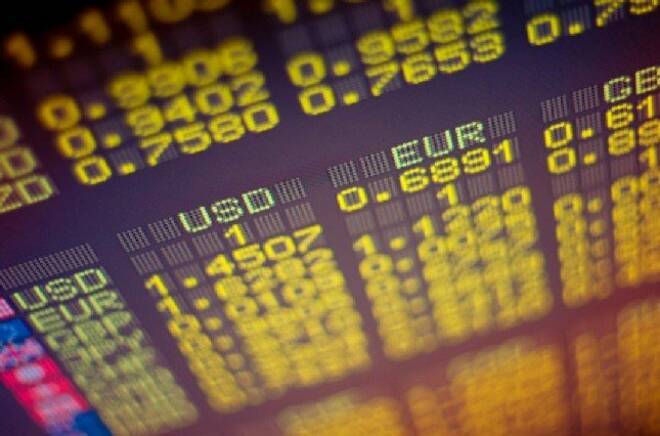Advertisement
Advertisement
The Euro Hits 4-week Low Following Mixed Sentiment Data
By:
Asian stock markets moved higher, with Japan and Australia's ASX leading the way, while Hang Seng and CSI are narrowly mixed. A weaker Yen is helping
Asian stock markets moved higher, with Japan and Australia’s ASX leading the way, while Hang Seng and CSI are narrowly mixed. A weaker Yen is helping Japanese markets as investors assess the impact of Friday’s disappointing U.S. jobs report for the Fed outlook and ahead of earnings reports from U.S. banks this week. U.S. stock futures are also moving higher and oil prices are trading at USD 52.55 as Russia mulls an extension of output cuts. The European calendar had Bank of France Business confidence, Norwegian inflation data as well as Italian production numbers and Sentix Investor Sentiment for the Eurozone, but the focus is likely to remain on global factors and political events as markets asset geo-political risks. The EUR/USD hit a fresh one-month low, following softer than expected sentiment data.
WTI crude prices are up again, extending what is now the longest rally since last August, having posted gains in nine of the last 10 sessions. The crude benchmark is presently showing a 0.7% gain at $52.55, 15 cents below the intraday peak. Last week’s one-month high is at $52.94. News that Libya’s Sharara oilfield, which is its biggest, was closed on Sunday, has underpinned prices Monday. Friday’s U.S. missile strike in Syria is also continuing to underpin a bullish sentiment in crude markets.
EMU Sentix Investor confidence picks up in April, rising slightly more than expected. The overall reading improved to 23.9 from 20.7 with both current conditions and expectations indicators rising this month. More signs then that the recovery remains on track, which will keep tapering speculation at the ECB alive.
Bank of France Business Confidence Declined in March
The Bank of France Business Confidence dropped to 103 in March from 104 in February. The production outlook indicator for April declined to 4 from 5 as readings for changes in order levels declined. Job creation, however, seems to still pick up and capacity utilization roe to 79.1 from 78.7, so despite the dip in the headline rate, the data remains consistent with an ongoing recovery.
In China, March money supply, loan growth and new yuan loans are due out during the week. M2 is likely to hold in the 11% year over year regions, where it’s been for since August. Loan growth should inch up to a 13.1% year over year pace from 13.0%, consistent with recent trends. New loans are seen rising to 1,300 billion after slowing to 1,170 billion in February from January’s 2,030 billion.
U.S. consumer credit rose $15.2 billion in February after a revised $10.9 billion increase in January which was 8.8 billion. Strength remained in the nonrevolving credit category, which climbed $12.3 billion after a $13.5 billion January gain which was revised from $12.6 billion. Revolving credit rebounded $2.9 billion following January’s $2.6 billion decline which was revised from -$3.8 billion.
About the Author
David Beckerauthor
David Becker focuses his attention on various consulting and portfolio management activities at Fortuity LLC, where he currently provides oversight for a multimillion-dollar portfolio consisting of commodities, debt, equities, real estate, and more.
Did you find this article useful?
Latest news and analysis
Advertisement
